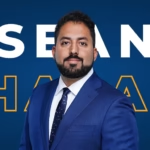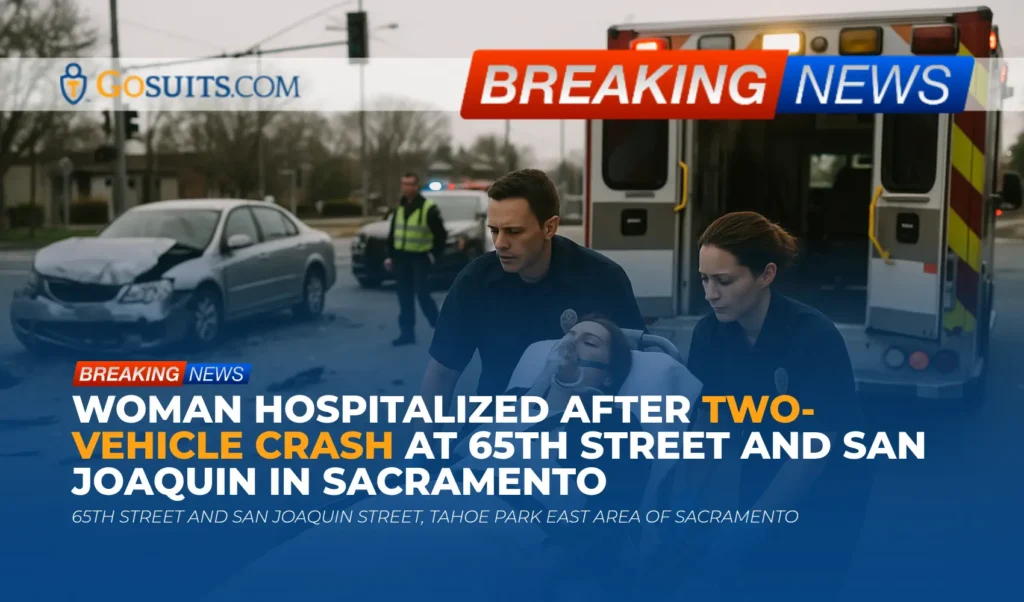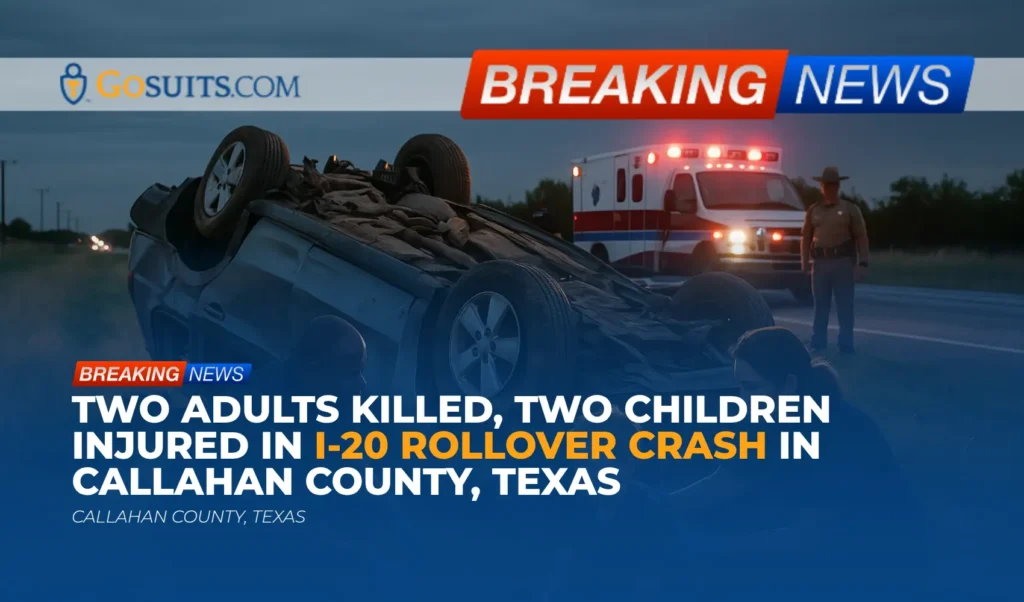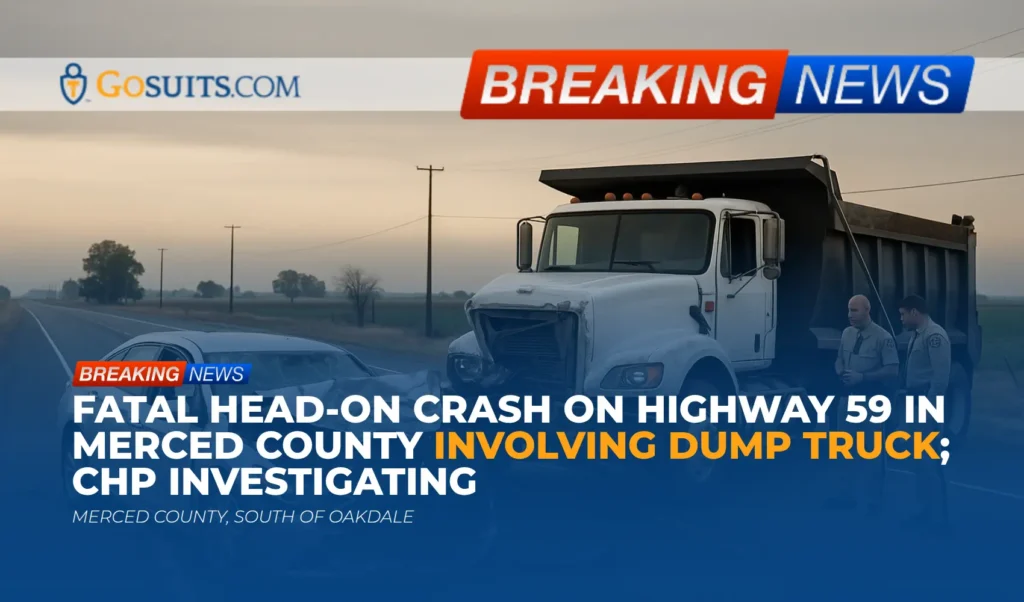A tragic two-vehicle collision in Concord, California, resulted in the death of an adult woman and serious injuries to a 14-year-old boy on Tuesday. The crash, which occurred at the northernmost intersection of Kirker Pass Road and Hess Road, is under investigation by the California Highway Patrol (CHP). This incident highlights the potential dangers of left-turn accidents and the legal complexities that can arise in determining liability.
Incident Summary
According to a social media post from the CHP, the collision occurred shortly before 5:30 p.m. A Ford Fusion was attempting to make a left turn from westbound Hess Road onto southbound Kirker Pass Road when it pulled in front of a northbound Toyota Sienna. The Toyota subsequently crashed into the driver’s side of the Ford.
The driver of the Ford Fusion, an adult woman, sustained fatal injuries and died at the scene. A 14-year-old boy, who was a passenger in the Ford, was airlifted to a hospital with suspected major injuries. The driver of the Toyota Sienna was taken to the hospital in an ambulance with minor injuries. Authorities expect both the Toyota driver and the 14-year-old boy to recover from their injuries.
The CHP is continuing to investigate the crash but has determined that driving under the influence was not a factor in the collision. Kirker Pass Road was closed in both directions for several hours while authorities conducted their investigation.
Left-Turn Accidents: A Significant Safety Concern
Left-turn accidents are a common type of collision, particularly at intersections. They often result in serious injuries or fatalities because they frequently involve a vehicle crossing directly into the path of oncoming traffic. Several factors contribute to the high risk associated with left turns:
- Visibility: Drivers making left turns must assess multiple factors, including oncoming traffic, pedestrians, and bicyclists. Limited visibility due to obstructions, such as other vehicles, trees, or buildings, can increase the risk of a collision.
- Judgment Errors: Accurately judging the speed and distance of oncoming vehicles can be challenging, particularly when making a quick left turn across multiple lanes of traffic.
- Driver Distraction: Distracted driving, such as texting or talking on a cell phone, can impair a driver’s ability to safely execute a left turn.
- Traffic Signals and Signage: Confusing or poorly designed traffic signals or signage can contribute to left-turn accidents.
Determining Liability in Left-Turn Collisions
In California, as in most states, drivers have a legal duty to exercise reasonable care when operating a motor vehicle. This duty includes making safe left turns and yielding the right-of-way to oncoming traffic when required.
In left-turn accidents, the driver making the left turn is often found to be at fault because they have a greater responsibility to ensure that the turn can be made safely. However, liability can be complex and depends on the specific circumstances of the accident.
Negligence and Right-of-Way
To establish liability in a left-turn accident, the injured party must prove that the other driver was negligent. Negligence is typically defined as the failure to exercise the care that a reasonably prudent person would exercise under similar circumstances.
In a left-turn collision, the driver making the turn generally has the duty to yield the right-of-way to oncoming vehicles that are close enough to pose an immediate hazard. California Vehicle Code Section 21801(a) states:
“The driver of a vehicle intending to turn to the left or to complete a U-turn upon a highway, or to turn left into public or private property, shall yield the right-of-way to all vehicles approaching from the opposite direction which are close enough to constitute a hazard at any time during the turning movement, and shall continue to yield the right-of-way to these approaching vehicles until the left turn or U-turn can be made with reasonable safety.”
This means that the driver making the left turn must wait until there is a sufficient gap in oncoming traffic to make the turn safely.
Potential Negligent Actions
Specific actions that may constitute negligence in a left-turn accident include:
- Failing to yield the right-of-way to oncoming traffic
- Misjudging the speed or distance of oncoming vehicles
- Making a left turn from the wrong lane
- Failing to signal a left turn
- Driving under the influence of alcohol or drugs
- Distracted driving (e.g., texting while driving)
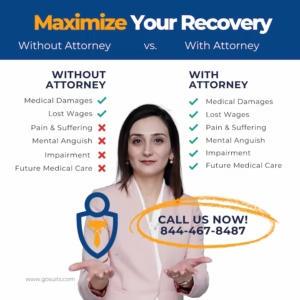
Comparative Negligence
California follows a “pure comparative negligence” rule, which means that a person can recover damages in an accident even if they were partially at fault. However, the amount of damages they can recover is reduced by their percentage of fault.
For example, if a driver is found to be 20% at fault for an accident, they can still recover 80% of their damages. This rule can be relevant in left-turn accidents where both drivers may have contributed to the collision.
Evidence in a Left-Turn Accident Case
To prove negligence in a left-turn accident case, various types of evidence may be used, including:
- Police reports
- Witness statements
- Photographs of the accident scene
- Vehicle damage assessments
- Medical records
- Expert testimony from accident reconstruction specialists
Pursuing a Wrongful Death Claim
In the tragic event that a left-turn accident results in a fatality, the deceased victim’s family may have the right to pursue a wrongful death claim. A wrongful death claim is a civil lawsuit brought by the survivors of a deceased person against the individual or entity whose negligence or misconduct caused the death.
In California, a wrongful death action can be brought by the deceased’s surviving spouse, domestic partner, children, and certain other dependents. Damages recoverable in a wrongful death case may include:
- Loss of financial support
- Loss of companionship and emotional support
- Funeral and burial expenses
- Medical expenses related to the accident
- Pain and suffering experienced by the deceased before death
The Importance of Legal Guidance
Individuals injured in left-turn accidents, as well as the families of those killed in such collisions, should consult with a seasoned personal injury attorney to protect their legal rights and explore their options for seeking compensation. An attorney can:
- Investigate the accident and gather evidence
- Assess the extent of the damages
- Negotiate with insurance companies
- File a lawsuit, if necessary, to protect the client’s rights
- Represent the client in court
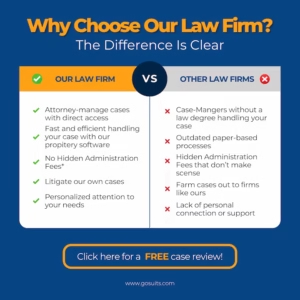
Commentary from Gosuits Concord, California Personal Injury Attorney
The fatal two-vehicle collision in Concord is a stark reminder of the potential for serious consequences in left-turn accidents. Determining liability in these situations requires a methodical investigation and a clear understanding of California traffic laws. The family of the deceased woman, as well as the injured 14-year-old boy, have the right to explore their legal options for pursuing compensation for the damages they have suffered. Securing legal advice from a skilled personal injury attorney is an important step in understanding one’s rights and navigating the complex claims process.


